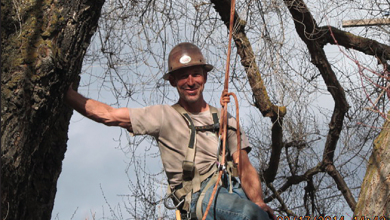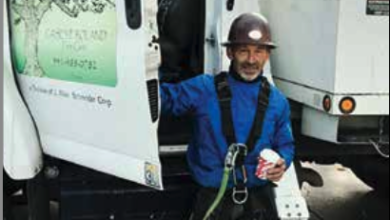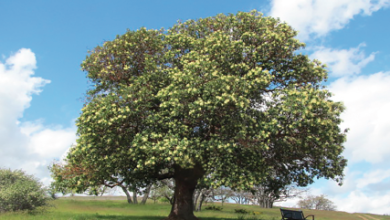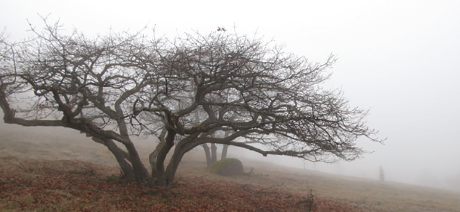Understanding C.O.D.I.T.
Did you know that every year, you get a brand new tree? Yep, that stately oak in your front yard that has been there for 300 years is renewed every year!
If you can wrap your imagination around that, you are well on your way to figuring out the best method to care for your beloved tree.
A tree, at the time of wounding, will respond in such a way as to ensure its survival, and a miraculous one, indeed! The term “C.O.D.I.T” is the acronym for Compartmentalization Of Decay In Trees. The father of modern arboriculture, Dr. Alex Shigo coined the term after dissecting thousands of trees to see the effects of wounding and resultant decay from that wounding. Alex found that while all trees are different in many ways, they all have the same magical desire to live! The exhaustive research has been captured in illustrations in his must read literature.
In a nutshell, it goes something like this: 1. Injury occurs. 2. Tree says “ouch.” 3. Tree than realizes that decay is soon to follow. 4. Tree starts throwing up chemical AND physical barriers to check the decay.
Some trees are very efficient at checking decay, thus “good” compartmentalizers. Some, not so good… In my personal experience, I have found that fast growing species can close injuries in a relatively short amount of time and while this is a good thing, once decay starts to set in, it spreads rapidly. Slower growing trees, being made of more glue than building blocks, typically have stronger resistance to decay, but the injuries stay open longer. This is not a hard and fast rule, so beware! As trees age to maturity, the resistance gets weaker, kinda’ like falling of your bike when you were ten years old, and falling off the same bike at fifty…
Injuries can be anything from a sap seeking bird to some sap that just got a chainsaw for Christmas! What gets all trees in the end is the same for people, decay coupled with a sudden gust of gravity… This all goes back to the new tree every year at the start of this article. If you study C.O.D.I.T. you will see the core/skin makeup of a tree and the mechanics of what keeps a tree alive after wounding due to injury, it really is a captivating read, and the illustrations will bring it all home to you. This process, while nothing new, really, didn’t start gaining popularity until Dr. Shigo decided to take a look at the INSIDE of trees, Bless you, Alex!
This insight of C.O.D.I.T should be understood BEFORE you fire up the saw. Multiple injuries close together on the main stem should be avoided when possible, and large injuries on the stem of mature trees should be avoided ALWAYS! Golden rule: Age up, resistance down.
The time for removing large live branches should take place early in any trees life, but dead branches of size can be pruned as they occur. The goal is to get the injury closed as quickly as possible, and the tree will take it from there.




